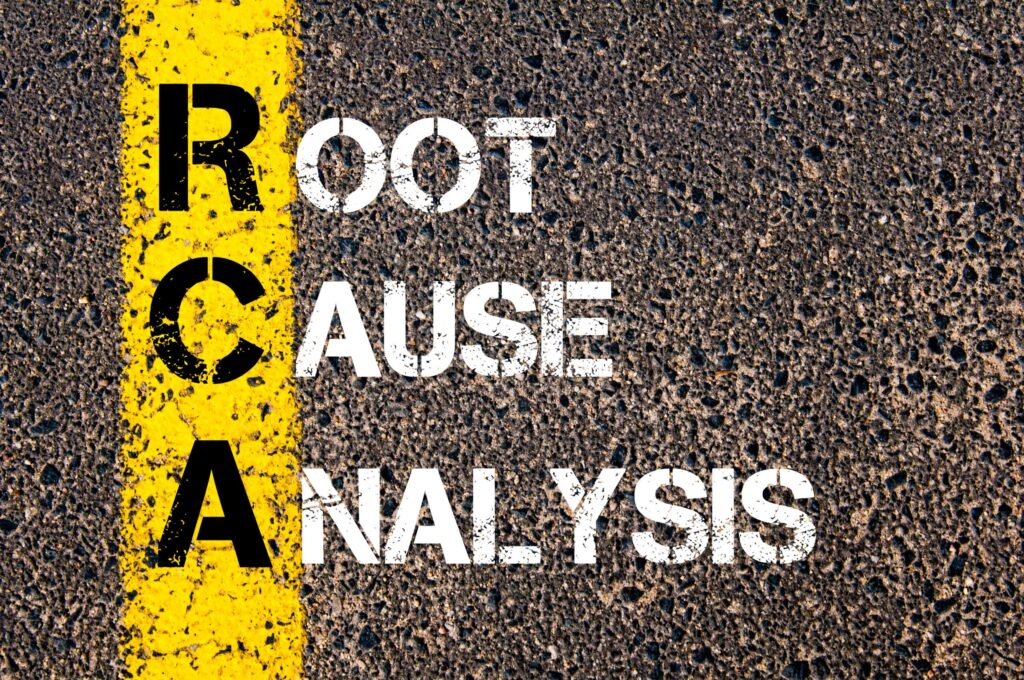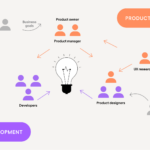
In every organization—whether it’s tech, healthcare, manufacturing, or services—problems arise. Some are one-off issues, but many are recurring headaches that keep coming back, no matter how many times they’re “fixed.” Why does this happen?
The answer often lies in the approach to problem-solving. If you’re only treating the symptoms, not the cause, you’re just applying a bandage—never a cure.
This is where Root Cause Analysis (RCA) shines. It’s a disciplined approach designed to identify the true origin of a problem, eliminate it, and prevent it from returning. In this blog, we’ll explore everything you need to know about RCA—from classic techniques and strategic frameworks to the most common pitfalls and how to avoid them.
What Is Root Cause Analysis?
Root Cause Analysis is a systematic process for pinpointing the origin of a problem rather than focusing solely on its outward symptoms. Instead of asking “What happened?” RCA asks, “Why did this happen in the first place?”
It’s like pulling weeds: if you only remove the leaves, the weed will grow back. But if you trace it to the root and remove it completely, it won’t return.
RCA helps teams:
- Solve issues permanently
- Improve efficiency
- Reduce downtime and costs
- Build a culture of continuous improvement
Proven Techniques to Identify Root Causes
Effective Root Cause Analysis relies on the use of proven, time-tested techniques. Let’s look at three of the most widely used:
1. 🔄 The 5 Whys Technique
This method involves repeatedly asking “Why?” to each answer given. Typically, asking five times is enough to get to the root of a problem.
Example:
- Why was the project delayed?
→ Because the final approval wasn’t given on time. - Why wasn’t it given on time?
→ Because the approver was unavailable. - Why was the approver unavailable?
→ Because no backup was assigned. - Why wasn’t a backup assigned?
→ Because the process doesn’t require it. - Why doesn’t the process require it?
→ Because the risk wasn’t identified during planning.
💡 The root cause: Poor risk assessment in the planning phase, not just someone being unavailable.
2. 🐟 Fishbone Diagram (Ishikawa Diagram)
This is a visual tool that resembles the skeleton of a fish, with the “head” representing the problem and the “bones” representing different categories of potential causes, such as:
- People
- Process
- Machines
- Materials
- Environment
- Management
It allows teams to brainstorm and categorize all contributing factors in a structured way.
3. 🎯 Pareto Principle (80/20 Rule)
The Pareto Principle says that 80% of the outcomes come from 20% of the causes. This helps prioritize efforts on the most impactful areas rather than trying to fix everything at once. It’s about working smarter, not harder.
The F.O.C.U.S. Framework: A Strategic Approach
To simplify the process of Root Cause Analysis, the F.O.C.U.S. framework breaks it into five steps:
F – Focus on the Actual Problem
Clearly define the issue. Ambiguity leads to misdirected efforts and ineffective solutions.
O – Organize the Data You Need
Gather all relevant facts, figures, and context. Good data is the foundation for good analysis.
C – Create a List of Possible Causes
Use brainstorming sessions, the 5 Whys, or a Fishbone Diagram to build a comprehensive list.
U – Understand the Underlying Systems
Problems rarely occur in isolation. Look at the broader system: are workflows flawed? Are tools outdated? Is communication broken?
S – Solve Using Targeted Actions
Don’t just plug the leak—replace the faulty pipe. Ensure your solution directly addresses the root cause.
6 Steps to Apply RCA Successfully
If you’re ready to bring RCA into your workflow, these six practical steps can help ensure long-term success:
1. ✅ Clarify the Problem First
Without a clear, specific definition of the problem, you might fix the wrong thing. Avoid assumptions and generalizations.
2. 🤝 Engage Team Members Familiar with the Process
Involve people who are directly involved or affected by the problem. Their insights are critical for uncovering hidden causes.
3. 🧩 Solve Using Targeted Actions
Address the root—not just the manifestation. For example, instead of fixing repeated login failures by resetting passwords, investigate the system’s authentication logic.
4. 🔍 Understand the Underlying Systems
Fixing one problem won’t help if the system continues producing it. Dig into upstream processes, tools, and training.
5. 📝 Document and Learn
Every RCA is a learning opportunity. Document the findings and solutions so future teams can benefit.
6. 🧪 Implement One Solution at a Time
Too many fixes at once can create confusion. Apply one solution, observe the impact, and then proceed to the next step.
Common Pitfalls to Avoid
Root Cause Analysis is powerful—but only if applied correctly. Watch out for these common mistakes:
- ❌ Jumping to conclusions without enough data: It leads to faulty fixes and recurring problems.
- ❌ Focusing on symptoms instead of causes: Treating effects (e.g., customer complaints) won’t stop the cause (e.g., faulty onboarding process).
- ❌ Blaming people, not processes: Instead of pointing fingers, fix broken workflows and systems.
- ❌ Skipping documentation: Without documenting your RCA, you lose valuable lessons and risk repeating mistakes.
Why Root Cause Analysis Is a Game Changer
Root Cause Analysis is not just a tool—it’s a mindset. It fosters a culture of curiosity, accountability, and continuous improvement. When done right, it empowers organizations to:
- Improve decision-making
- Reduce operational costs
- Enhance product or service quality
- Boost customer satisfaction
- Strengthen team collaboration
In the long run, RCA builds resilience by making your systems smarter and your responses more strategic.
Final Thoughts: Dig Deeper, Solve Smarter
In a world that’s moving fast, taking the time to go slow and dig deep might seem counterintuitive. But Root Cause Analysis proves that slowing down to investigate the root is the fastest way to sustainable success.
So, the next time you encounter a recurring problem, don’t just fix what’s visible. Pull out the magnifying glass, ask the right questions, involve the right people, and use the right tools.
Because when you solve the root, you solve it for good.
Follow us for more Updates





